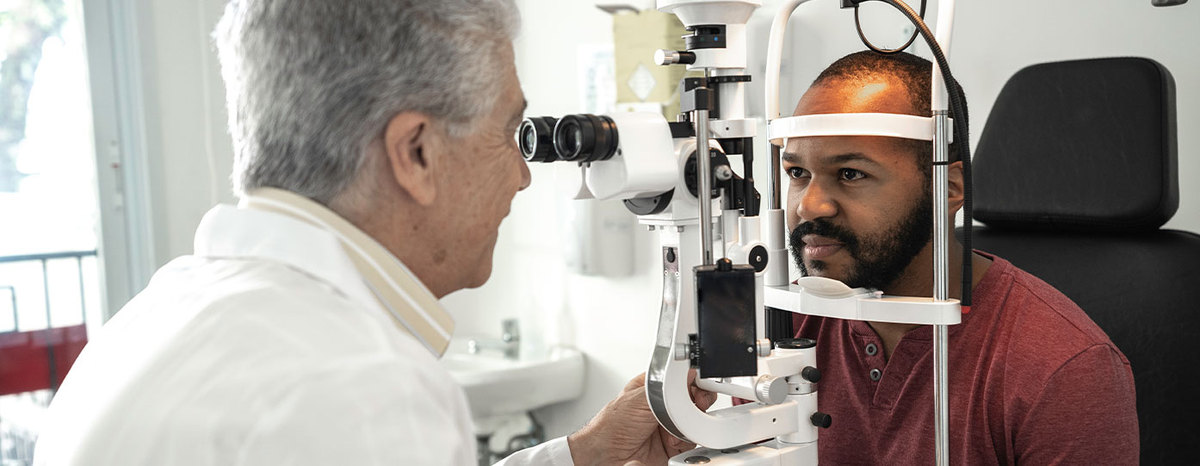One Simple Test Can Prevent Vision Loss

May 05, 2021 | Tags:
Diabetic retinopathy is a condition that affects people who have been diagnosed with type 1 or type 2 diabetes. Caused by damage to the blood vessels at the back of the eye, this condition is the leading cause of blindness in adults. However, according to the American Optometric Association, the early detection of diabetic retinopathy can reduce the risk of blindness by 95% . All it takes to determine whether someone has this condition is a simple test performed during an annual comprehensive eye exam.
If diabetic retinopathy is left untreated, the possibility of total vision loss becomes more likely. That is why early detection is so critical to preventing blindness. During an annual comprehensive eye exam, a physician will dilate the patient’s pupils to see into the deepest parts of the eyes. The physician will quickly determine if the blood vessels and capillaries are damaged and if signs of diabetic retinopathy exist.
Facts about Diabetic Retinopathy
- Many people who have diabetic retinopathy do not have symptoms during the early stages of the disease.
- Symptoms in the later stages of diabetic retinopathy include:
- Blurry vision, partial or total vision loss
- Floaters – small dark spots or cobweb-like shapes in the field of vision
- Altered color vision
If you or a loved one has type 1 or type 2 diabetes, and have not had an annual comprehensive eye exam this year, contact an eye doctor or primary care provider today to schedule an appointment.
1American Optometric Association, “Integrating Models of Diabetic Eye Care,” Nov. 23, 2020, https://www.aoa.org/news/clinical-eye-care/diseases-and-conditions/integrating-models-of-diabetic-eye-care?sso=y


